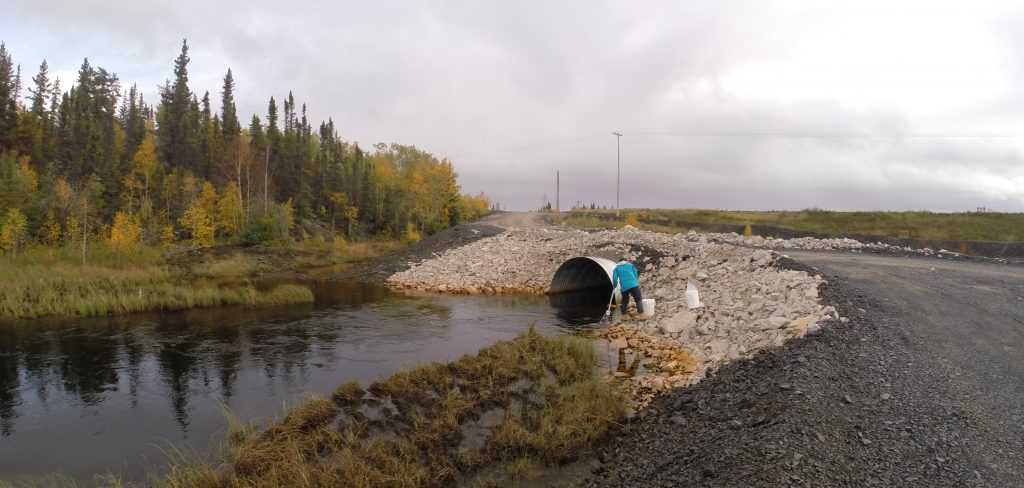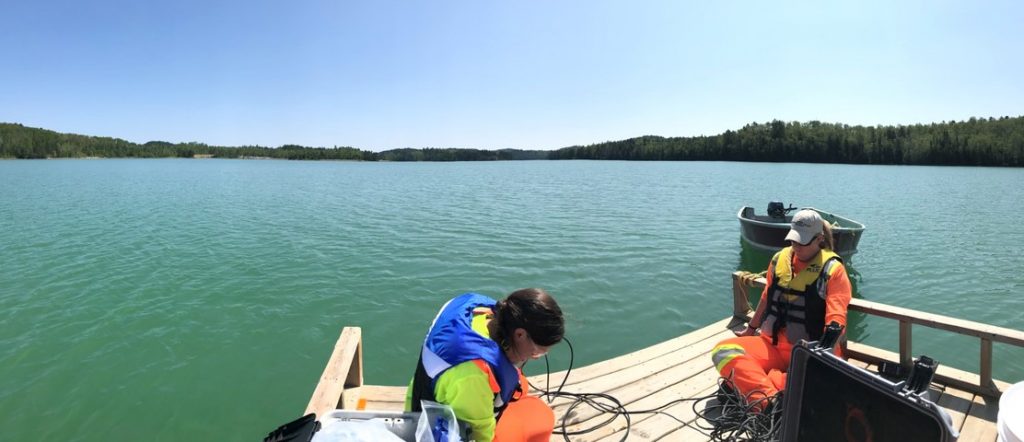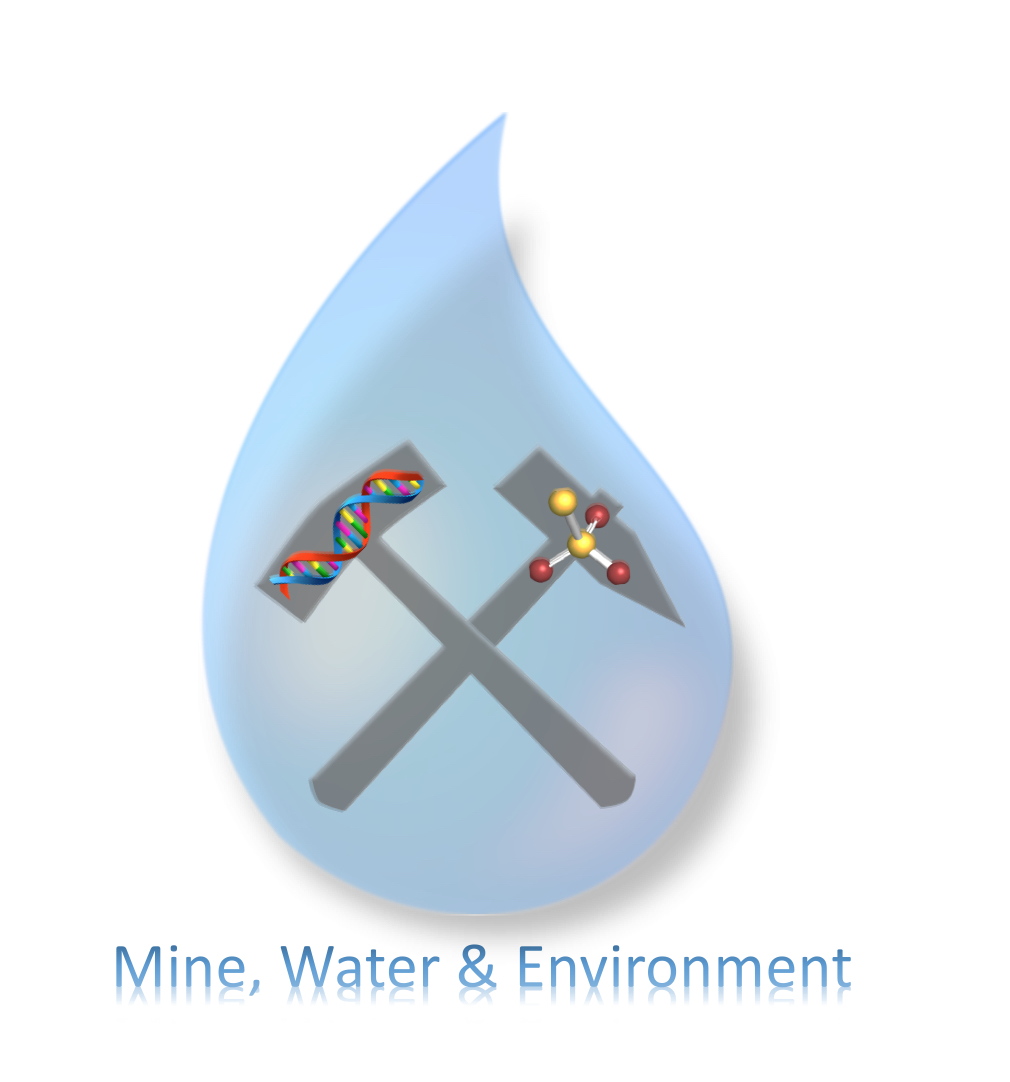With support from Genome Canada, Ontario Genomics, the ORF and our partners, the MWS research team has made unprecedented progress in revealing new insights into the microbes, sulfur compounds and environmental conditions involved in sulfur cycling within mining wastewaters.

We have identified important microbes thought to be initiators of key sulfur processes linked to potential impacts to receiving environments, and we have developed a robust analytical methodology that more robustly assesses the potential S risk for receiving environments (please check our recently published papers – more coming out soon!).
Our meta-omics collaboration with research partners from University of California Berkeley and Université de Montréal have enabled new insights into which microorganisms, metabolic pathways and genes are important in sulphur cycling in the samples we analysed so far. We identified six major microbial families (Halothiobacillaceae, Burkholderiaceae, Thiovulacaea, Hydrogenophilaceae, Rhodobacteraceae, Caulobacteraceae) that are ubiquitous across mining wastewater sites, including four active sulphur cyclers; which may be core to a mining wastewater microbiome.
Specifically, the presence of one of these families, Halothiobacillaceae, has been associated with aqueous toxicity failures (decreased pH levels) at one mining site. We are currently investigating these events to assess whether this is a causal relationship or a proxy; either scenario provides new opportunities for more accurate and effective tool development for our mining partners. We are working on RNA-Sequence analyses of a Halothiobacillus model species obtained from our bio-library to identify a possible bioindicator to be applied to real sites in the future.
An important milestone was reached in the MWS project with the establishment of a biocollection (bio-library) of sulphur oxidizing enrichments (SOxBac). We have over 300 SOxBac enrichments preserved in our biocollection. Each is uniquely derived from a parent water, collected at specific date/time, and enriched under specific laboratory conditions. This biocollection provides a suite of varying adapted microbial amendments from which to develop potential mine specific biotreatment applications.
We began investigating the hypothesized roles of specific microbial groups, S compounds and environmental conditions on S cycling and associated outcomes in Large Scale Test Pond experiments (5,000L) in three, one month experiments during 2019. Scaled up experiments are designed for 2020 using 10,000-20,000 L, tanks after the lockdowns due to Covid-19 are lifted.
Finally, our collaborators, Ecometrix and CSIRO are using our new datasets (geochemical, microbial, and functional metabolism) to develop more accurate models that enable integrated prediction of sulphur impacts for mine sites.

